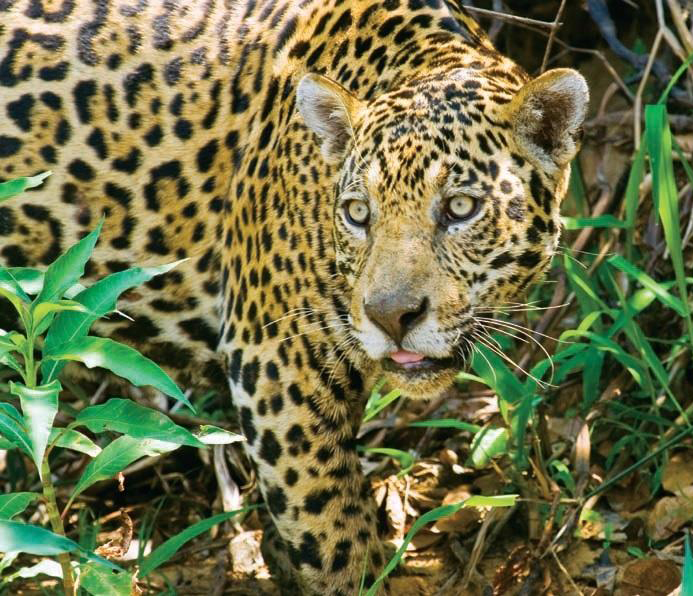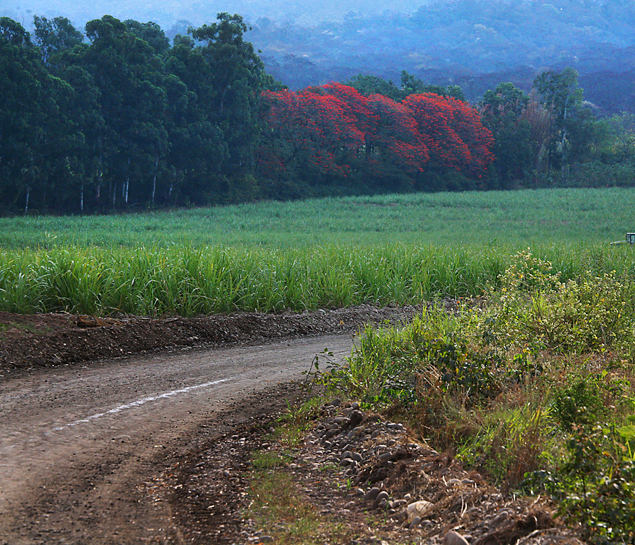The Jaguar and Ledesma

The king of Las Yungas forest
“For several years we have been recording biodiversity and making research on the “Protected Productive Landscape” Project, in the Las Yungas (forest), in the province of Jujuy. We have photographed more than twenty species of mammals, including six of the seven species of felines present in this area. But we could not photograph the jaguar, an apex predator. On November 2014, a couple of jaguars crossed one of the twenty cameras installed in Las Yungas. The importance, and especially the satisfaction of this record, is that the mere presence of the tiger shows the good health of the ecosystem we are protecting.”
Alejandro Diego Brown
President of Fundación ProYungas
The couple of jaguars were recorded by a heat-sensible camera that Ledesma installed together with ProYungas Foundation to monitor fauna within places destined to nature preservation in Las Yungas forest, province of Jujuy.
Until these days, ProYungas Foundation and Ledesma´s scientists who protect 100 thousand hectares of forest area preserved by the company, had the strong suspicion that jaguars inhabited that area, but they were not able to record them with their cameras.
Besides the production of sugar, paper and citrus fruits related products, it is absolutely essential to protect the jaguar and other six species of felines present in these protected wild areas: the southern tiger cat (tirica), the yaguarundí, the wildcat, the margay, the cougar and the ocelot. These species constitute the highest diversity of felines in the world.
The jaguar, symbol of the confrontation of the indigenous communities with the conqueror as per Guaraní Tribes point of view, is the biggest American feline and can weigh up to 130 kilos. It is a native and solitary species, that is active both during the day and at night. It is a carnivore and is mainly fed from medium-sized to big-sized vertebrates. It is considered an endangered species in a great part of its distribution area (from Mexico to the north of Argentina) and that is why its preservation is vital.
The presence of the tiger is a sign of environmental quality. If the tiger is present, the species it feeds on, and the food of that other species, are also present. That is to say, the food chain is complete and this only happens in well preserved areas. Thus, the jaguar is also called “flagship species” or “umbrella species”: since protecting these species we indirectly protect many other species that make up the whole ecosystem.





